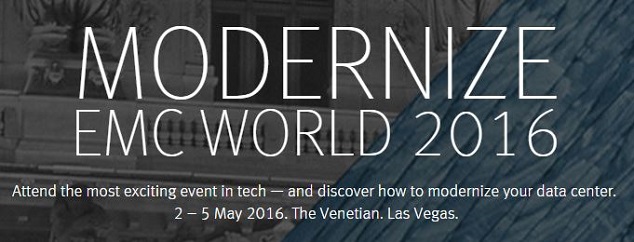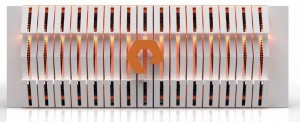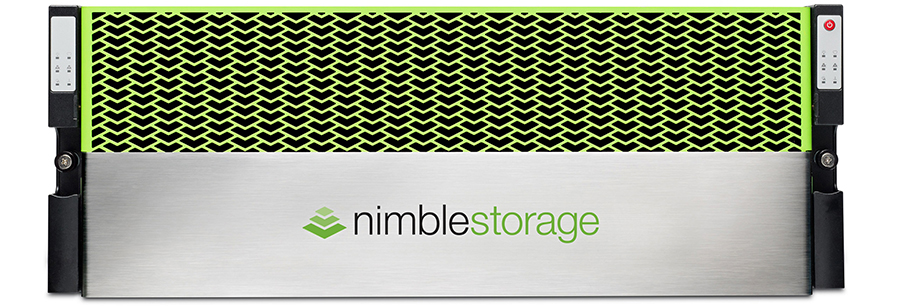The phase of transition in data storage now is mainly anchored on 2 architectural approaches – All-Flash storage arrays as a result of the Flash domination and the second is the HCI (Hyper-Converged Infrastructure). The competition is really tough in these areas today as there are many startups and existing vendors trying their luck here.
I’ve got a chance to hear from a few of the vendors who sell their HCI solutions. Different solutions, all competing to be in the race and to have a better spot. Being the front-runner is a real tough thing, but there should be One and there is One.
VMware presented at the Storage Field Day 9 in which Christos Karamanolis (CTO, Storage & Availability) discussed VSAN, it’s growth and the technology – mainly the enhancements introduced with the 6.2 release. In just 2 years, the customer base they have achieved and the feature set they have brought in are simply awesome. With an average of 500+ new customers every quarter, VSAN is now having over 3000 customers. Really HUGE numbers..!
The stats from the business displayed during the presentation (including the number of units sold and the growth rate) were impressive. Number 1, for a reason.

Figures on performance : VMware VSAN is claiming the highest performance and lowest cost with their All-Flash Hyper-Converged configurations. 100K IOPS/node with sub-millisecond latency and $1/GB for All-Flash configurations and a 40K IOPS for hybrid nodes.
VSAN 6.1 version was released in September 2015 (a release cycle of 6 months) with some good features including stretched cluster. But the biggest update announcement – 6.2 -came recently in February with another great set of features.
VSAN Stretched cluster offers site-level redundancy with a cluster spanning across 2 sites. With a max latency of 5 ms between the sites, customers can have a near-instantaneous recovery in case of site failures. Customers can replicate the datastores to a third site (probably at a longer distance) using vSphere replication. This helps the customer to have a very low RPO in the case of the metro cluster failure. The witness VM (located at a third site) for the stretched cluster configuration can now have a latency of up to 500ms.
I know you will find a lot of detailed posts on the internet on the enhancements from the 6.2 version. Still, I just thought I should outline some of them here.
Data reduction (deduplication and compression) is a great feature came with 6.2. Data will be dedupe’d and compressed at the disk group level at a 4KB block size. This feature can be enabled at the cluster level. Deduplication will be done while the data is being written to the Capacity tier from the cache tier. Compression will only be performed if the 4KB data can be reduced to 2KB or to a smaller size. Else the data will be written as a 4KB block only.
RAID 5/6 or Erasure coding is another feature to improve space efficiency and level of data protection came with the February release. With mirroring being the only availability feature for datastore objects, customers were compromising a lot on the space efficiency. RAID-5 now reduces the overhead requirement to 33% (from 100% for mirroring) for protecting from single drive failure. RAID-6 configuration will have a higher overhead of 50% but it can protect data against 2 drive failures (RAID-1 would have caused a 200% overhead for protecting against 2 drive failures). Customers can select from RAID 5 or 6 by selecting the ‘number of failures to tolerate’ setting (1=RAID 5 and 2=RAID 6).
One thing that disappoints many is the fact that the above 2 features are available with All-Flash configurations only.
You may read more about all these features and more (including Software checksum and disk scrubbing, QoS, Sparse Swap etc..) here from Duncan‘s post.
Closing notes : Many startup companies fail as they fail to find a good balance between technology and marketing. Some got a wonderful technology but are a failure in marketing the same. And that is where the VMware VSAN is winning. They added a lot many flexibilities to their product from what it was in the initial days. Also, they got a good marketing effort to ensure the maximum units are being sold.
And yes, VSAN got an edge as it is from a vendor which is named VMware.!
With these added features in 6.2, I will not be surprised to see another great set of business figures soon from VSAN.
Additional Reference : SFD7 and SFD9 presentations from VMware.
Disclaimer: My travel and accommodation expenses for the SFD9 (Storage Field Day 9) event were paid by the Tech Field Day team. I am not requested to post about event content and I am not getting paid for any posts or for the time I spend during the event.



















